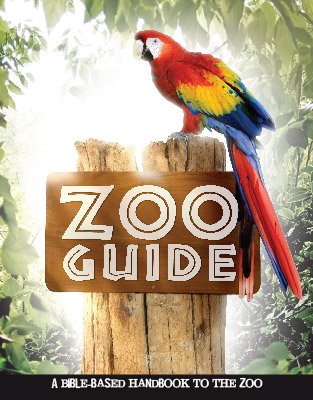Walrus
The walrus is known for its large size and pink–reddish brown coloring. It is also easily recognized by its large tusks.

Design
The thick, wrinkled skin of the walrus acts as a protective barrier when it fights with other walruses and when it is attacked by predators. The walrus also has a thick layer of blubber under its skin that protects it from the freezing water. When the temperature drops, the walrus’ blood vessels get smaller. This helps it deal with the changing temperatures in its habitat.
Features
- The walrus is known for its large size and pink–reddish brown coloring.
- It is also easily recognized by its large tusks.
Fun Facts
- The tusks of the walrus have growth rings just like a tree, and are used to protect it from attacks by polar bears and killer whales.
- The walrus uses its whiskers to find its invertebrate food, sometimes diving down 300 ft (91 m) to retrieve its very favorite food, clams, from the ocean floor.
- Air sacs in the walrus’ neck allow it to sleep with its head held up in the water.
- Commercial hunting, mainly for the ivory in its tusks, depleted the numbers of walrus, but it has been federally protected in the U.S. since 1972.
Created Kind Members
Pacific walrus
CLASS: Mammalia (mammal)
ORDER: Carnivora (meat-eating)
FAMILY: Odobenidae (walruses)
GENUS/SPECIES: Odobenus rosmarus
Size: 8–12 ft (2.4–3.7 m); Males are larger than females
Weight: 1–2+ tons (907–1,800 kg)
Original Diet: Plants
Present Diet: Snails, crabs, shrimp, worms, and clams
Habitat: Open waters of the Arctic Ocean near the edge of the polar ice in Northeast Siberia, Northwest Alaska, Greenland, and Ellesmere Island
Zoo Guide
Make your next visit to the zoo more than just fun—make it factual and fascinating too! You could even start a personal “creation zoo tours” ministry. Featuring more than 100 animals, our long-awaited Zoo Guide includes beautiful pictures and explores the amazing facts and design features that point to our awesome Creator. Excellent gift for any one who loves animals!
Browse Kids Book- © 2025 Answers in Genesis
- Privacy Policy
- Contact
- About

